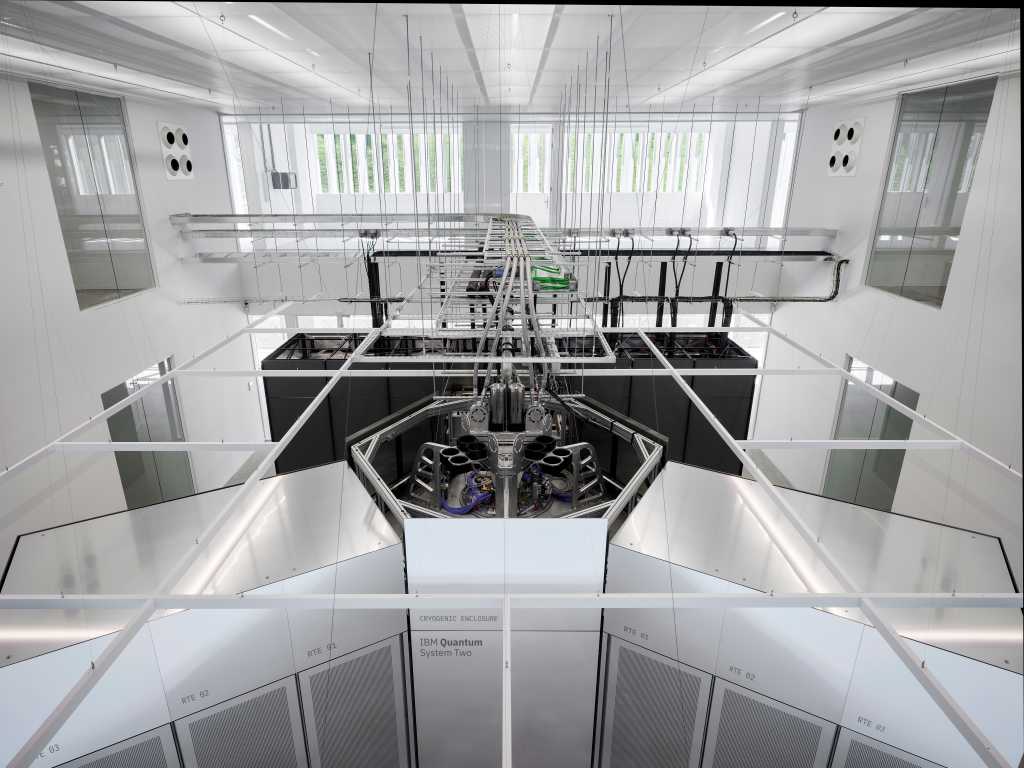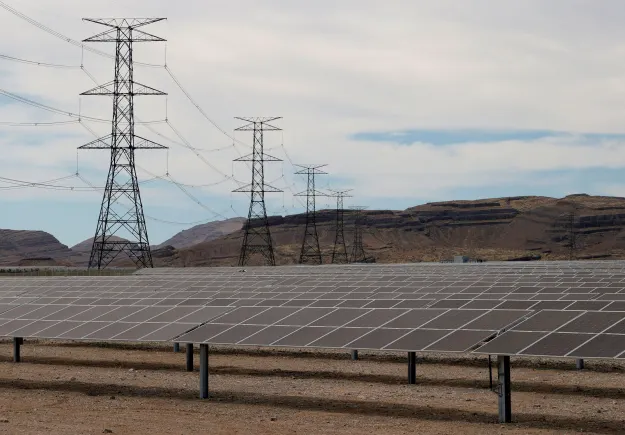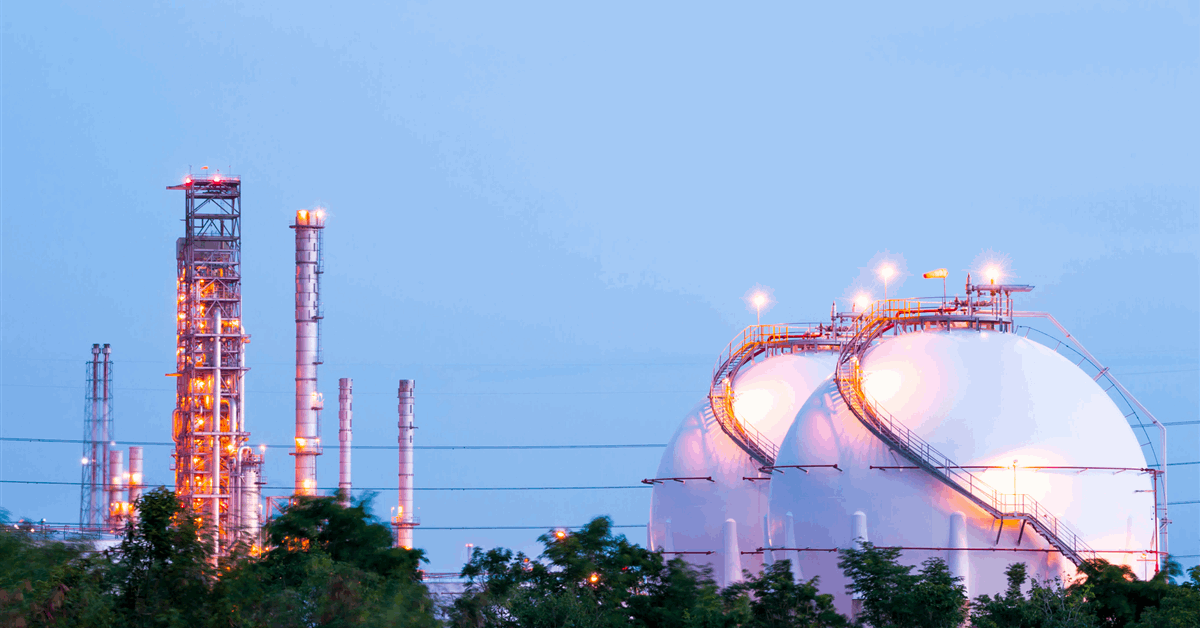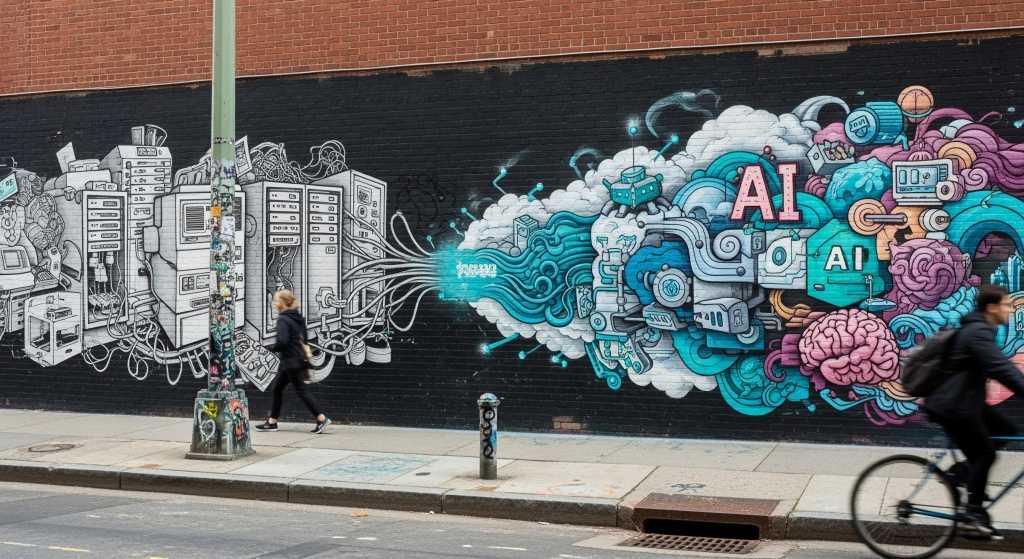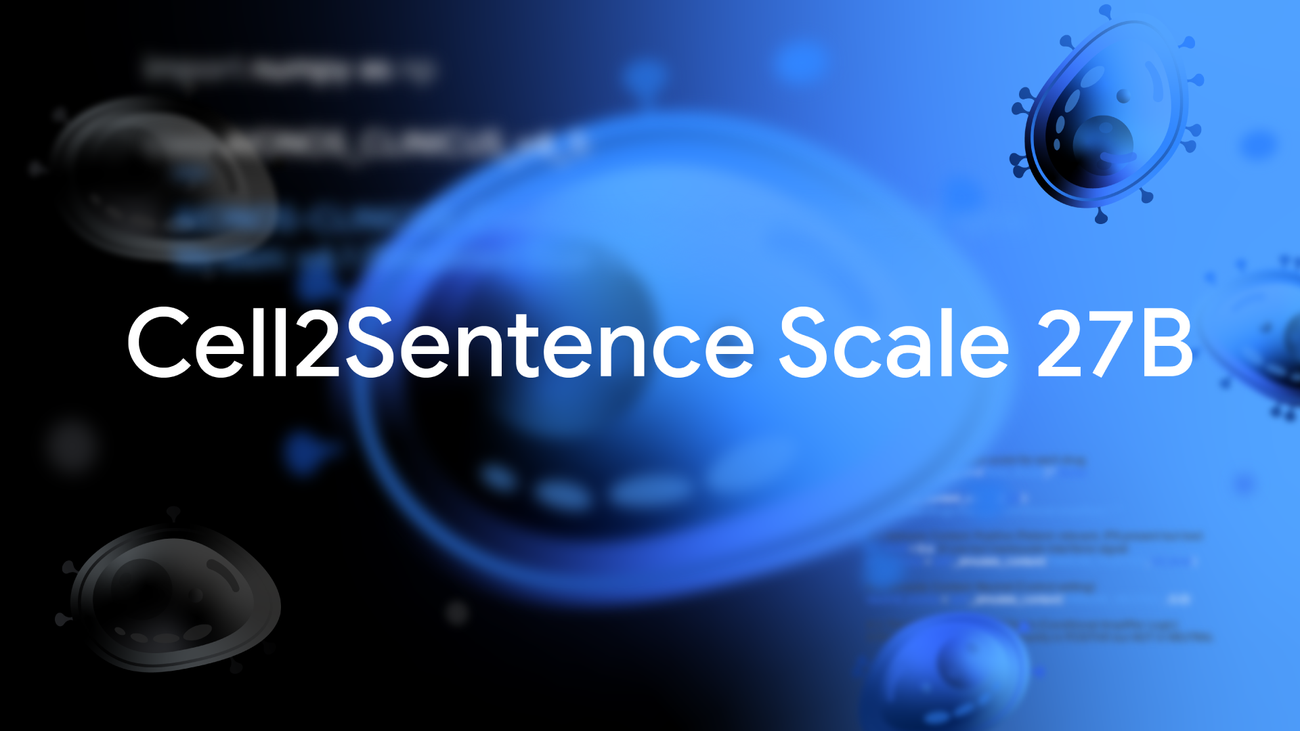
In its latest short term energy outlook (STEO), which was released on October 7, the U.S. Energy Information Administration (EIA) raised its U.S. total energy consumption forecast for 2025 and 2026.
According to this STEO, the EIA sees total energy consumption coming in at 95.76 quadrillion British thermal units (qBtu) this year and 96.02 qBtu next year. In its previous STEO, which was released in September, the EIA projected that total energy consumption would be 95.50 qBtu in 2025 and 95.96 qBtu in 2026.
The EIA’s October STEO showed that total energy consumption was 94.57 qBtu in 2024. In its September STEO, the EIA highlighted that this figure stood at 94.22 qBtu.
In its latest STEO, the EIA projected that total energy consumption will come in at 24.01 qBtu in the fourth quarter of 2025, 24.83 qBtu in the first quarter of 2026, 22.51 qBtu in the second quarter, 24.30 qBtu in the third quarter, and 24.38 qBtu in the fourth quarter. The STEO showed that total energy consumption hit 25.45 qBtu in the first quarter of this year, 22.45 qBtu in the second quarter, and 23.85 qBtu in the third quarter.
In its September STEO, the EIA forecast that total energy consumption would be 23.79 qBtu in the third quarter of this year, 24.00 qBtu in the fourth quarter, 24.82 qBtu in the first quarter, 22.48 qBtu in the second quarter, 24.32 qBtu in the third quarter, and 24.33 qBtu in the fourth quarter. That STEO showed that total energy consumption was 25.43 qBtu in the first quarter of 2025 and 22.28 qBtu in the second quarter.
The EIA projected that U.S. liquid fuels consumption will average 20.47 million barrels per day this year and 20.48 million barrels per day next year in its October STEO. In its previous STEO, the EIA forecast that this demand would average 20.49 million barrels per day in 2025 and 20.61 million barrels per day in 2026.
The EIA forecast that U.S. natural gas consumption will average 91.6 billion cubic feet per day across 2025 and 2026 in its latest STEO. In its September STEO, the EIA projected that this demand would average 91.5 billion cubic feet per day this year and 91.4 billion cubic feet per day next year.
U.S. renewables consumption was forecast to hit 8.82 qBtu in 2025 and 9.43 qBtu in 2026 in the EIA’s October STEO. The EIA projected that U.S. renewables demand would come in at 8.78 qBtu in 2025 and 9.38 qBtu in 2026 in its previous September STEO.
The EIA’s October and September STEOs showed that, in 2024, U.S. liquid fuels consumption averaged 20.46 million barrels per day and U.S. natural gas consumption average 90.5 billion cubic feet per day. In its latest STEO, the EIA showed that U.S. renewables consumption came in at 8.69 qBtu in 2024. The EIA’s previous STEO showed that this consumption was 8.58 qBtu last year.
The EIA noted in its STEOs that renewable energy includes minor components of non-marketed renewable energy that is neither bought nor sold, either directly or indirectly, as inputs to marketed energy. The EIA added in the STEOs that it does not estimate or project end-use consumption of non-marketed renewable energy.
In a note related to its total energy consumption figures, the EIA said in its STEOs that the conversion from physical units to Btu is calculated using a subset of conversion factors used in the calculations of gross energy consumption in EIA’s Monthly Energy Review (MER).
The EIA collects, analyzes, and disseminates independent and impartial energy information to promote sound policymaking, efficient markets, and public understanding of energy and its interaction with the economy and the environment, the EIA states on its website.
To contact the author, email [email protected]
What do you think? We’d love to hear from you, join the conversation on the
Rigzone Energy Network.
The Rigzone Energy Network is a new social experience created for you and all energy professionals to Speak Up about our industry, share knowledge, connect with peers and industry insiders and engage in a professional community that will empower your career in energy.
MORE FROM THIS AUTHOR



